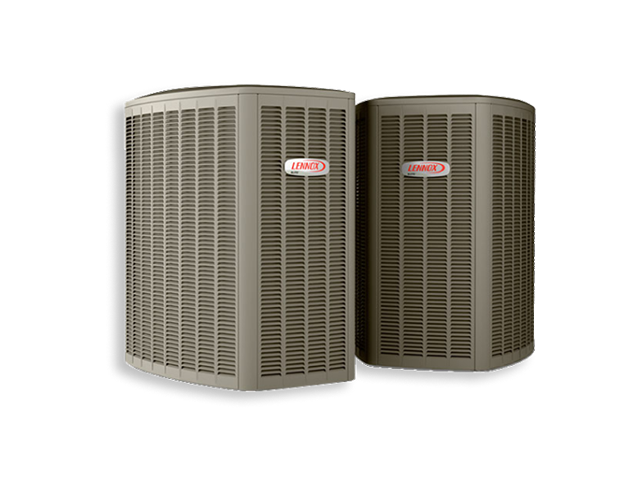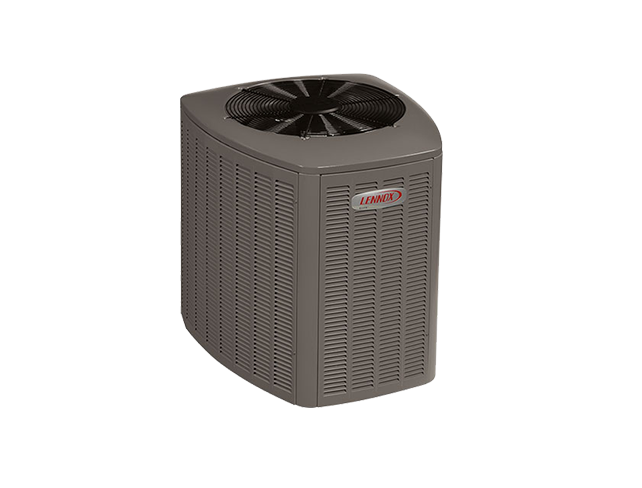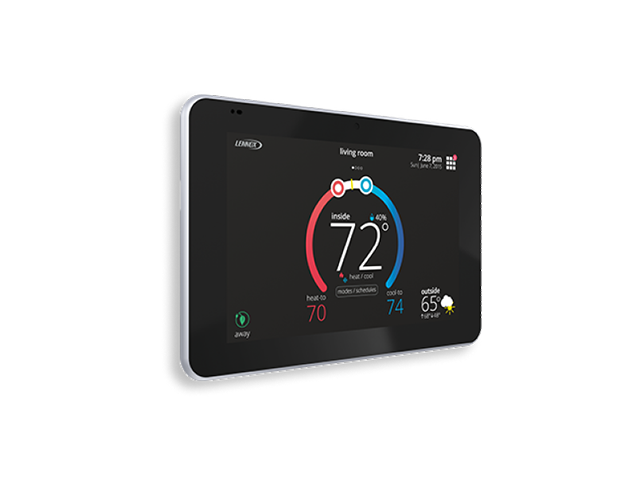The benefits of an air exchanger in winter. Nowadays, our modern homes are more and more airtight. To breathe quality air at home and maintain our health, we must install an air exchanger to control the change of air in all rooms of the house, and especially in the bedrooms. To learn more about what it is and how to install it, read our short guide below.
What is an air exchanger?
Do you know what an air exchanger is for? Its main role is to bring air from the outside into your home in order to renew the air inside on a regular basis. This device is highly recommended in modern homes because the exterior walls are often assembled to counteract natural air changes. By breathing, we release CO2, but in addition to that, all household products also emit pollutants, hence the importance of renewing indoor air if we want to maintain quality air.
The air exchanger is therefore designed to evacuate humid air outside, replacing it with fresh, filtered air, helping us breathe better every day. This air is normally heated (depending on the Air exchanger type, provided the device is properly maintained. In general, we recommend an air exchanger with a heat recuperator so that our house is more temperate and to provide you with good, pleasant comfort. Also, the latter allows the recovery of 68% of the heat of the house. For this, you must make sure to properly adjust and maintain it. How to correctly install and adjust your air exchanger? According to recent studies, it has been shown that the installation of air exchangers is often improperly installed and that the air ducts are sometimes crushed. In order to get the most out of this device and its features, it is recommended that you carry out some checks by a certified installer to verify that the installation is performing well. Here are the five important points to watch out for:
- Check the air diffusers in the bedrooms. In modern homes, air exchangers often operate when the humidity level exceeds 45% of the indoor air. If your home remains at 45% humidity, it will not activate and the indoor air will not therefore be renewed automatically.
- The air exchanger must operate a mechanical ventilation continuously and which switches to high speed when the humidity becomes high.
- Check if your ducts are flexible or rigid? Your ventilation system must have dampers to balance the distribution of air in each room.
- Check whether the opening of the diffusers is adjustable or fixed. If you notice air condensation in your windows, it means that your device is not properly calibrated.
- Check the humidity level. If you notice that you are suffering from headaches, or nausea, these are often signs that the air quality in your home is not good.
Remember this. We recommend that you run your air exchanger for twenty minutes every hour, this will save you money on your heating. By ensuring your appliance is properly installed, this will provide you with more comfort, better air quality, a good way to control humidity inside.








